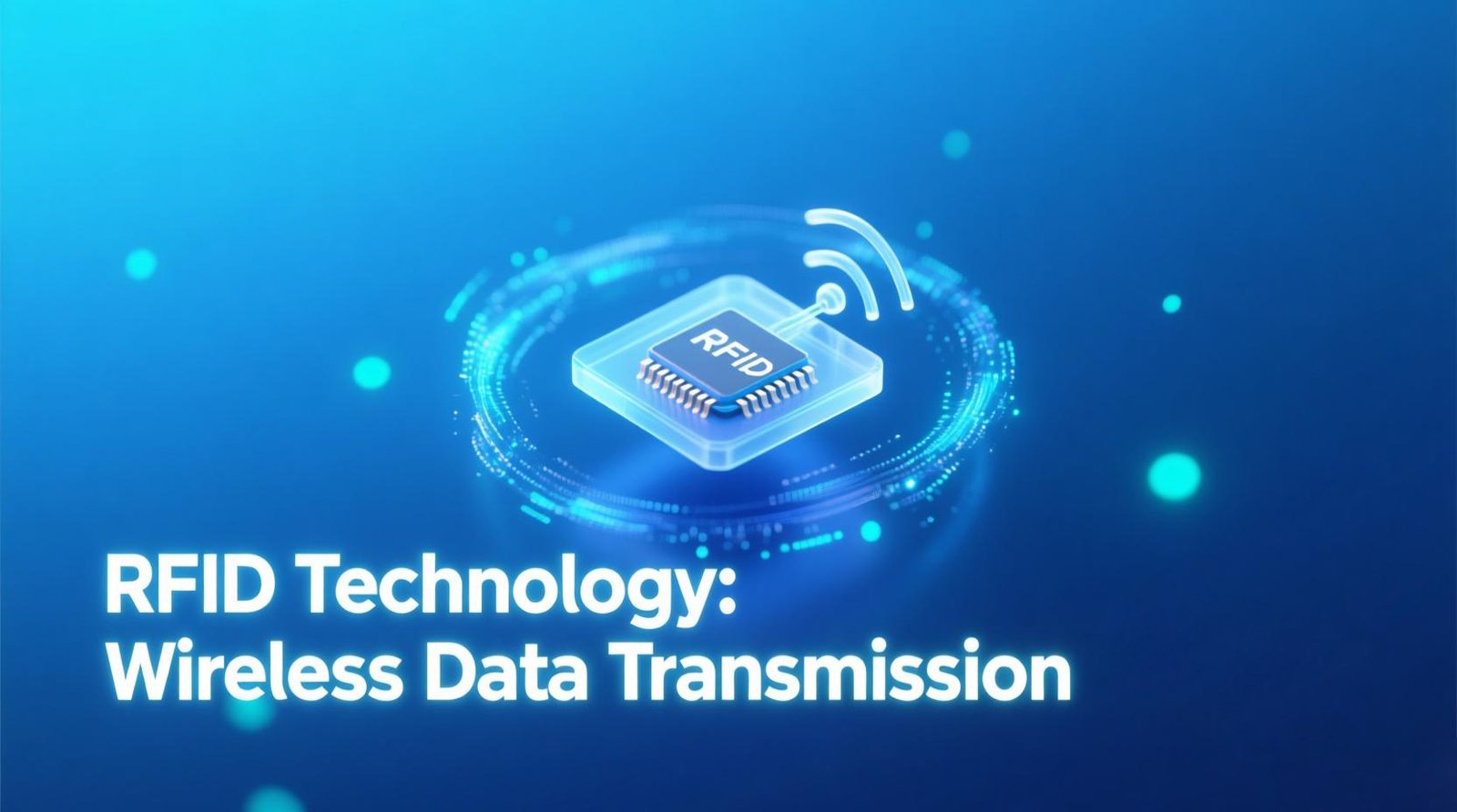
Introduction:
In an increasingly connected world, the ability to identify and track objects seamlessly is transformative. RFID, or Radio-Frequency Identification, is a foundational technology behind this connectivity, powering everything from inventory management to secure access control. But what exactly is it, and how does it work? This guide will break down the core concepts, making RFID easy to understand.
1. Core Concepts: The Trinity of RFID
At its heart, every RFID system consists of three key components that work in harmony:
- RFID Tag (or Transponder): Attached to the object you want to identify or track. It contains a microchip that stores data (like a unique serial number) and an antenna to communicate.
- •Image: A collage of different RFID tags (e.g., a sticky label, a card, a key fob, a rugged tag for logistics).
- RFID Reader (or Interrogator): A device that has one or more antennas. It emits radio waves to communicate with the tags, read the information stored on them, and often write data to them.
- •Image: Photos of different types of readers (e.g., a handheld reader, a fixed tunnel reader for conveyer belts, a slim module for a smartphone).
- Radio Waves: The invisible medium that carries energy and data between the reader and the tag, eliminating the need for line-of-sight or physical contact.
2. How Does RFID Work? Energy and Data Transfer
The magic of RFID happens in a two-step dance between the reader and the tag.
Step 1: Powering the Tag (Energy Transfer)
Most RFID tags are “passive,” meaning they have no battery. The reader’s antenna emits radio waves, which create an electromagnetic field. When a passive tag enters this field, its antenna captures just enough energy from the waves to power up the microchip.
- Diagram: A sequence showing 1) Reader emitting waves, 2) Tag entering the field, 3) Tag’s antenna receiving energy to power the chip.
Step 2: Communication (Data Transfer)
Once powered, the tag’s microchip modulates the radio waves reflected back to the reader’s antenna—a process known as backscatter. This modulated reflection contains the unique data stored on the tag. The reader interprets this signal and converts it into digital data that a computer system can process.
- Diagram: A sequence showing 4) Tag modulating the signal, 5) Reflected signal carrying data, 6) Reader receiving and decoding the data, 7) Data sent to a backend system (like an inventory database).
3. RFID vs. NFC vs. Barcode vs. QR Code
How does RFID stack up against other identification technologies? Here’s a quick comparison.
| Feature | RFID | NFC (Near Field Communication) | Barcode / QR Code |
|---|---|---|---|
| Read Method | Radio waves (proximity, no line-of-sight) | Radio waves (extremely close proximity, ~4 cm) | Optical (requires line-of-sight) |
| Data Capacity | High (can be kilobytes) | Medium | Low (Barcode) to Medium (QR) |
| Read/Write | Read & Write | Read & Write | Read-Only |
| Bulk Reading | Yes (read hundreds of tags instantly) | No (one tag at a time) | No (must scan each individually) |
| Durability | High (resistant to dirt, wear) | Medium | Low (easily damaged, obscured) |
| Cost | Varies (from low to high) | Low | Very Low |
- NFC: Think of NFC as a specialized subset of RFID. It operates at a specific frequency (13.56 MHz) and is designed for secure, two-way communication between devices very close together. Your smartphone uses NFC for payment services like Apple Pay or Google Pay.
- Barcode/QR Code: These are visual technologies. They are inexpensive but require a direct line of sight and are read one at a time by a laser or camera. They cannot be updated and are easily damaged.
- Infographic: A side-by-side table (like the one above) with icons for each row for visual comparison.
Conclusion: Why RFID Matters
RFID technology offers a powerful advantage: the ability to automatically identify multiple items quickly, reliably, and without direct line-of-sight. This unlocks unprecedented levels of efficiency in supply chains, retail, asset tracking, and countless other industries. As the technology continues to evolve and become more cost-effective, its applications will only grow more innovative and widespread.
Understanding these fundamentals is the first step to envisioning how RFID can solve real-world problems.
